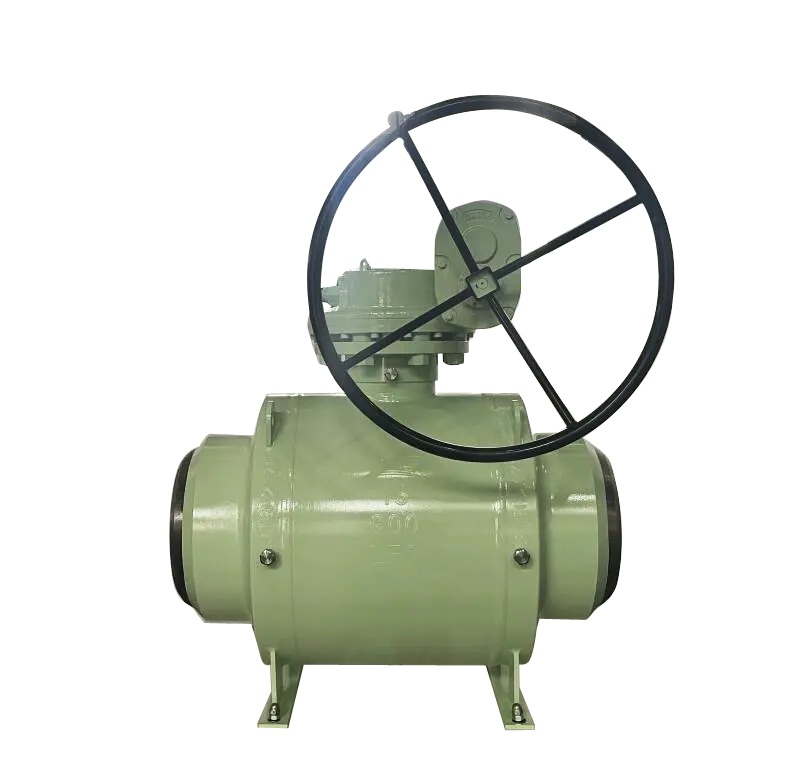Fully welded ball valves feature a welded structure, eliminating the need for sealing gaskets or packing materials found in traditional ball valves. As a result, they offer stronger sealing capabilities, effectively preventing leaks.
With the adoption of a fully welded structure,
fully welded ball valves do not feature threaded connections or sealing gaskets between the valve body and bonnet. Consequently, they can withstand higher pressures, offering superior pressure resistance.
The structure of fully welded ball valves is simpler, without any moving parts or vulnerable components, resulting in a longer service life without the need for frequent part replacements.
Fully welded ball valves are typically manufactured using materials that are resistant to high temperatures and corrosion. They can adapt to various harsh operating environments, such as high temperature, high pressure, and corrosive media.
Fully welded ball valves feature a simple design with a compact size, making them easy to install and occupying minimal space.
1. Difficulty in maintenance
The structure of fully welded ball valves is relatively complex. Once issues arise in the welded areas, repairing them becomes challenging and may necessitate replacing the entire valve body or seat.
Due to the special welding processes and materials used in fully welded ball valves, their manufacturing costs are higher compared to conventional ball valves, resulting in relatively higher selling prices.
As fully welded ball valves utilize a welded structure, they require greater operating force compared to conventional ball valves, which may make operation slightly more challenging.
Due to the structural characteristics of fully welded ball valves, their applicability is somewhat restricted. They are not as suitable for applications requiring frequent adjustments or partial opening control.
Overall, fully welded ball valves have significant advantages in sealing, pressure resistance, and service life, making them particularly suitable for high-temperature, high-pressure, and corrosive working environments. However, maintenance difficulties and high costs are one of its relatively prominent drawbacks. When choosing to use, a comprehensive evaluation should be conducted based on specific engineering requirements and economic considerations.

